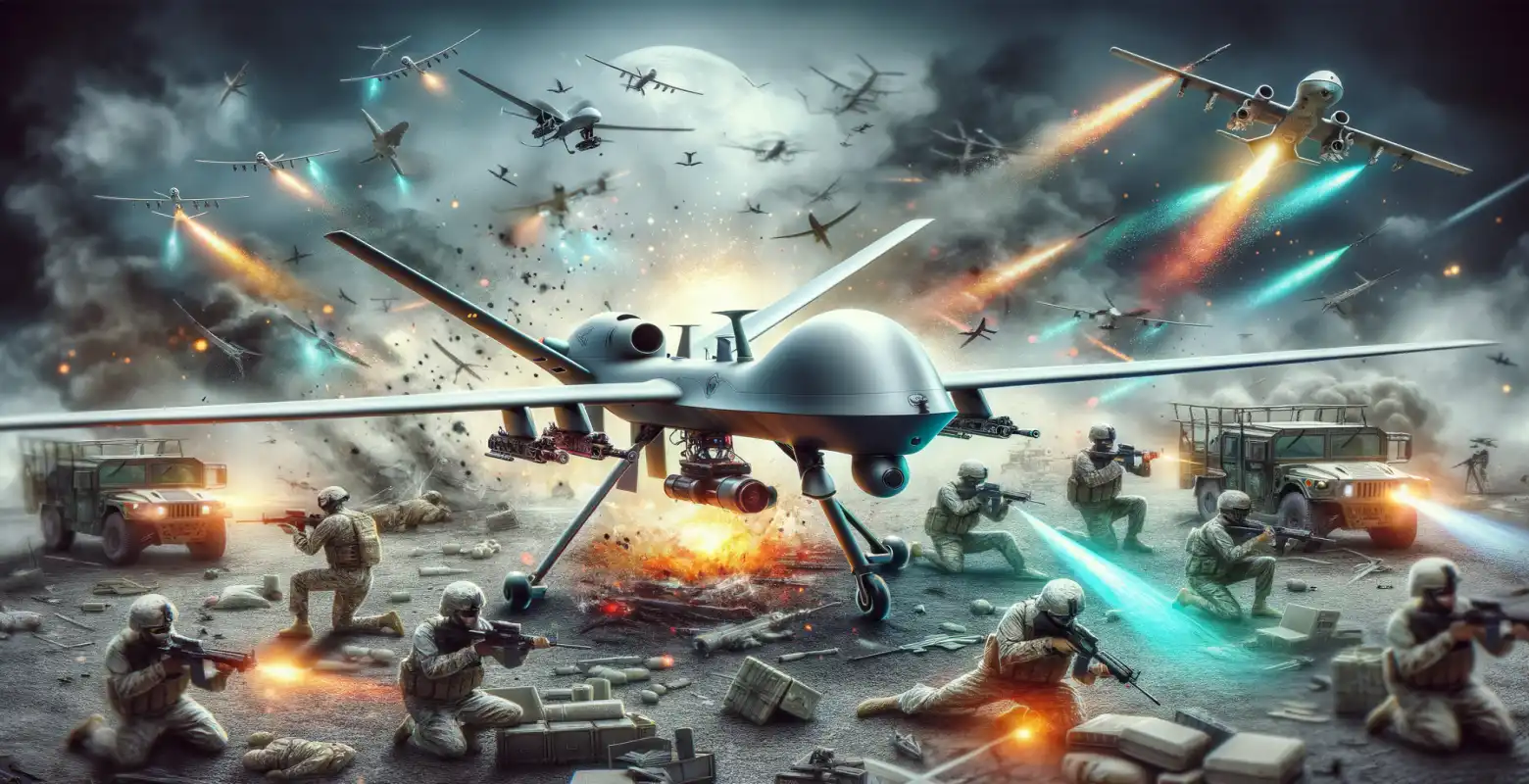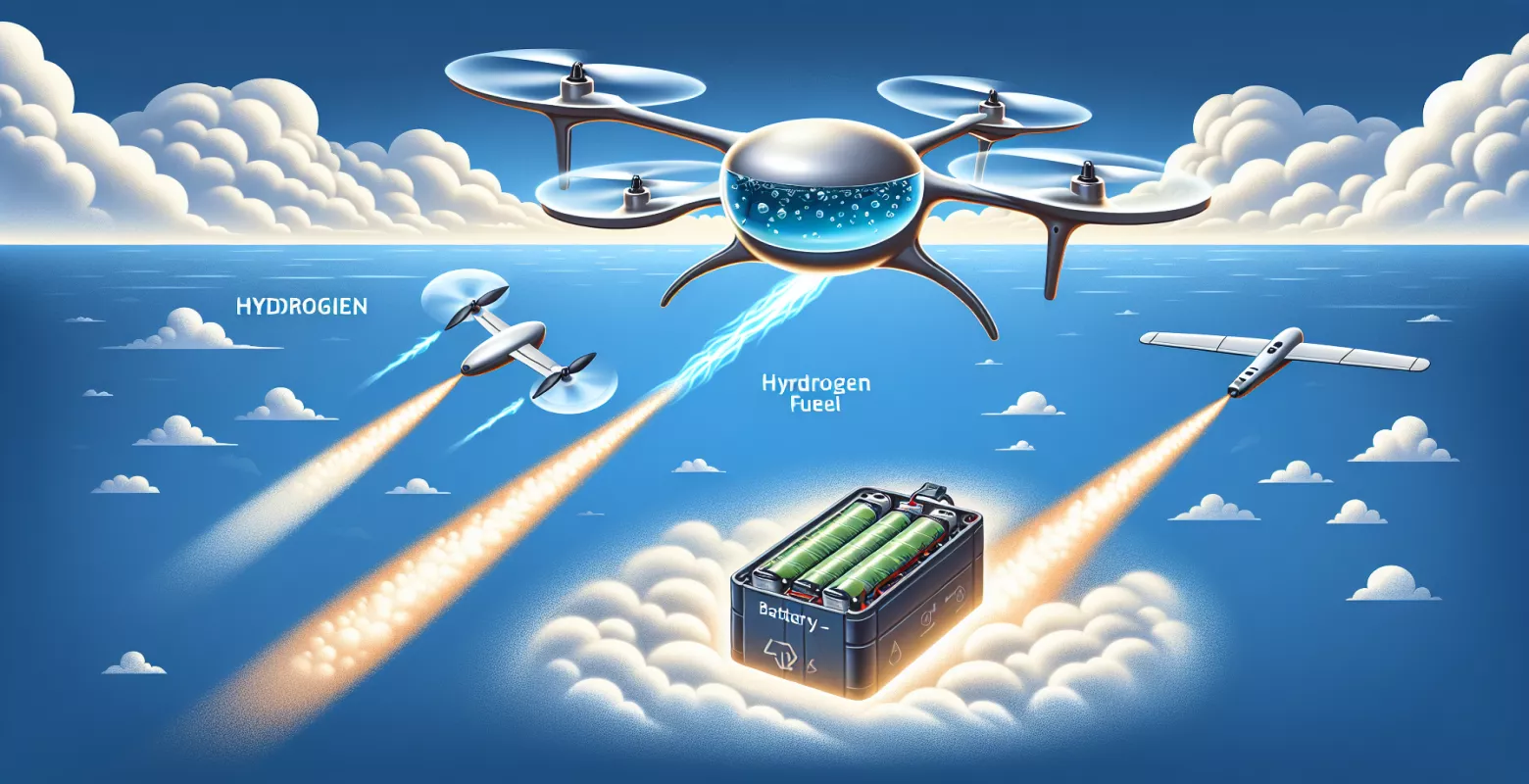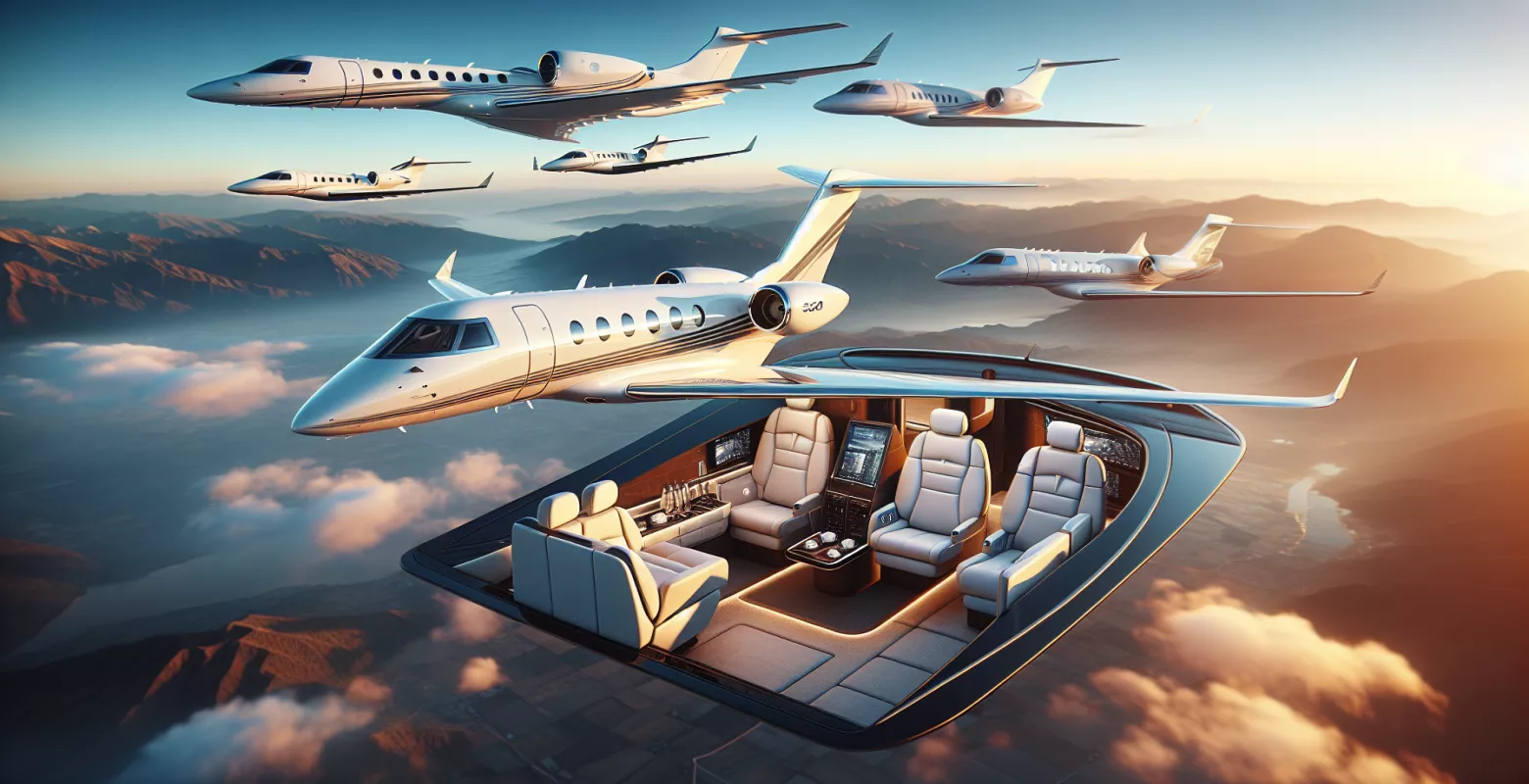Combat drones - how do they change the face of conflicts?
Introduction
Combat drones, also known as UAVs (Unmanned Aerial Vehicles), have revolutionized modern armed conflicts. Their increasing popularity and use in military operations make them a key element of military strategies worldwide. Used for reconnaissance, surveillance, and attacks, combat drones are changing the way military operations are conducted, influencing both the dynamics of conflicts and international humanitarian law. In this article, we will examine how combat drones are reshaping the face of conflicts and what the consequences of this are.
Historical Background of Combat Drones
The origins of drones date back to the first half of the 20th century when unmanned aerial vehicles were experimented with for training and reconnaissance purposes. However, it was not until the 1980s and 1990s that significant technological advancements allowed for the creation of more advanced models. The first widely used combat drone was the MQ-1 Predator, introduced by the United States in the 1990s. The Predator was primarily used for reconnaissance missions, but over time, it was equipped with weapons, opening a new chapter in military history.
Technical Aspects of Combat Drones
Combat drones vary in size, range, armament, and technology. The most advanced models, such as the MQ-9 Reaper, can carry various types of armaments, including missiles and bombs. Equipped with advanced navigation systems and sensors, drones are able to operate in challenging conditions and at high altitudes. Their ability for long-endurance flights and operating over long distances makes them indispensable in modern armed forces.
Application of Combat Drones in Conflicts
Combat drones have found application in various conflicts around the world, from Afghanistan to Syria and Yemen. They are used for precise attacks on high-value targets, reducing the risk of casualties among soldiers and civilians. Additionally, drones can be used for reconnaissance missions, monitoring enemy movements and providing valuable intelligence. This allows military forces to make better-informed tactical decisions.
Advantages and Challenges Associated with the Use of Combat Drones
Advantages: One of the main advantages of combat drones is their ability to conduct operations from a long distance, minimizing risks for the crew. Drones can operate in hard-to-reach areas and carry out operations for extended periods without the need for landing. Furthermore, their precise armament allows for minimizing civilian casualties.
Challenges: Despite numerous advantages, combat drones pose a series of challenges for the international community and lawmakers. Controversies arise regarding the legality of operations conducted using drones, especially in the context of international humanitarian law. Additionally, there is a risk that drones may be used by authoritarian states for surveillance and repression of their citizens.
The Future of Combat Drones
The development of combat drone technology shows no signs of slowing down. Innovations in artificial intelligence and automation may lead to the creation of autonomous drones capable of making decisions without direct human supervision. Such developments raise both excitement and concerns, especially in ethical and legal contexts. It is important for the international community to develop appropriate regulations that keep pace with rapid technological advancements.
Summary
Combat drones have significantly altered the way armed conflicts are conducted, offering new possibilities but also presenting us with new challenges. Their growing role in military strategies requires us to understand both the benefits and risks associated with their use. As a global community, we must strive to establish proper regulations to ensure that this technology is used in accordance with international norms and ethical values. Understanding the role of combat drones in modern conflicts is crucial for the future of international security.







Number of comments: 0